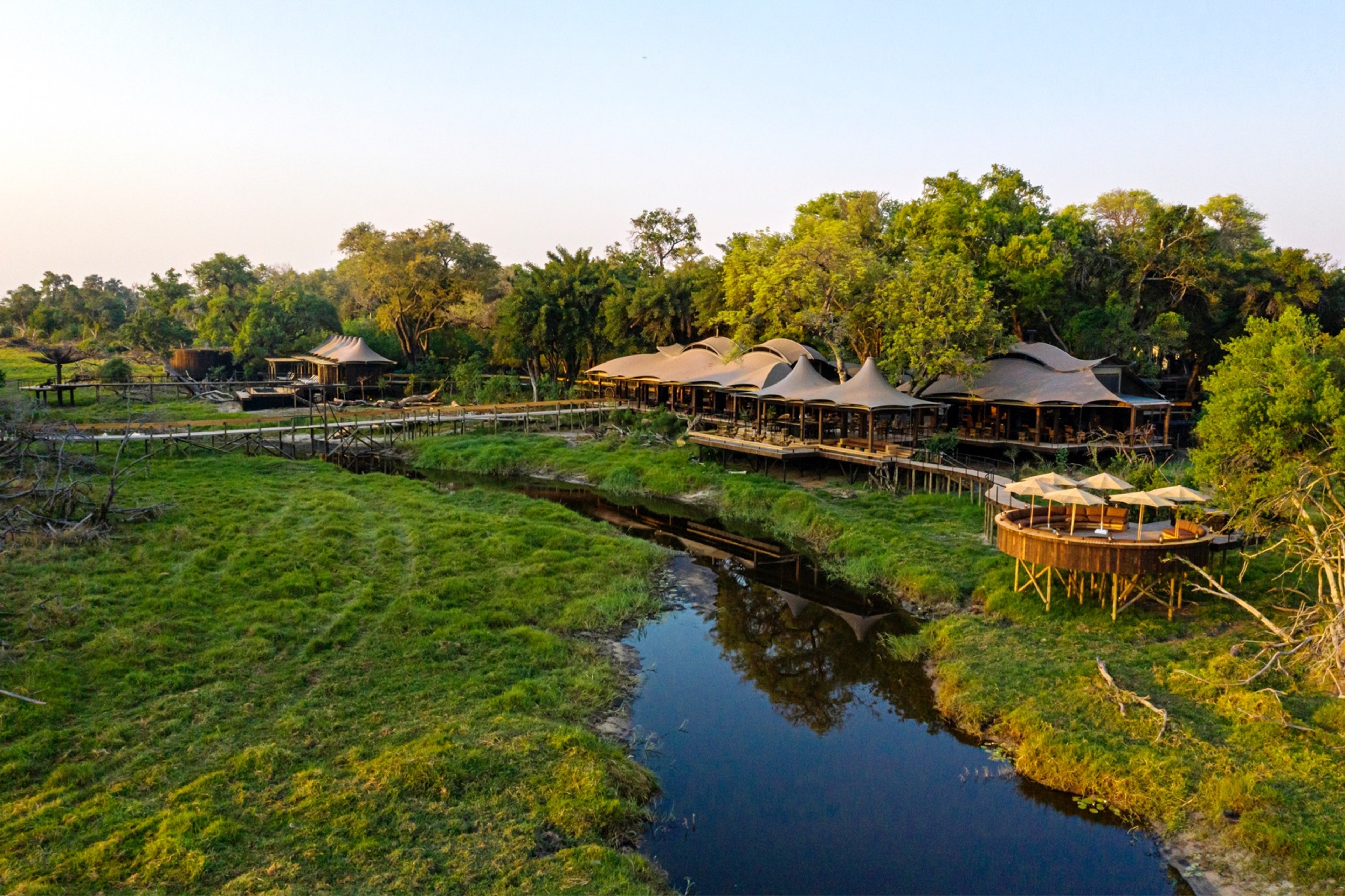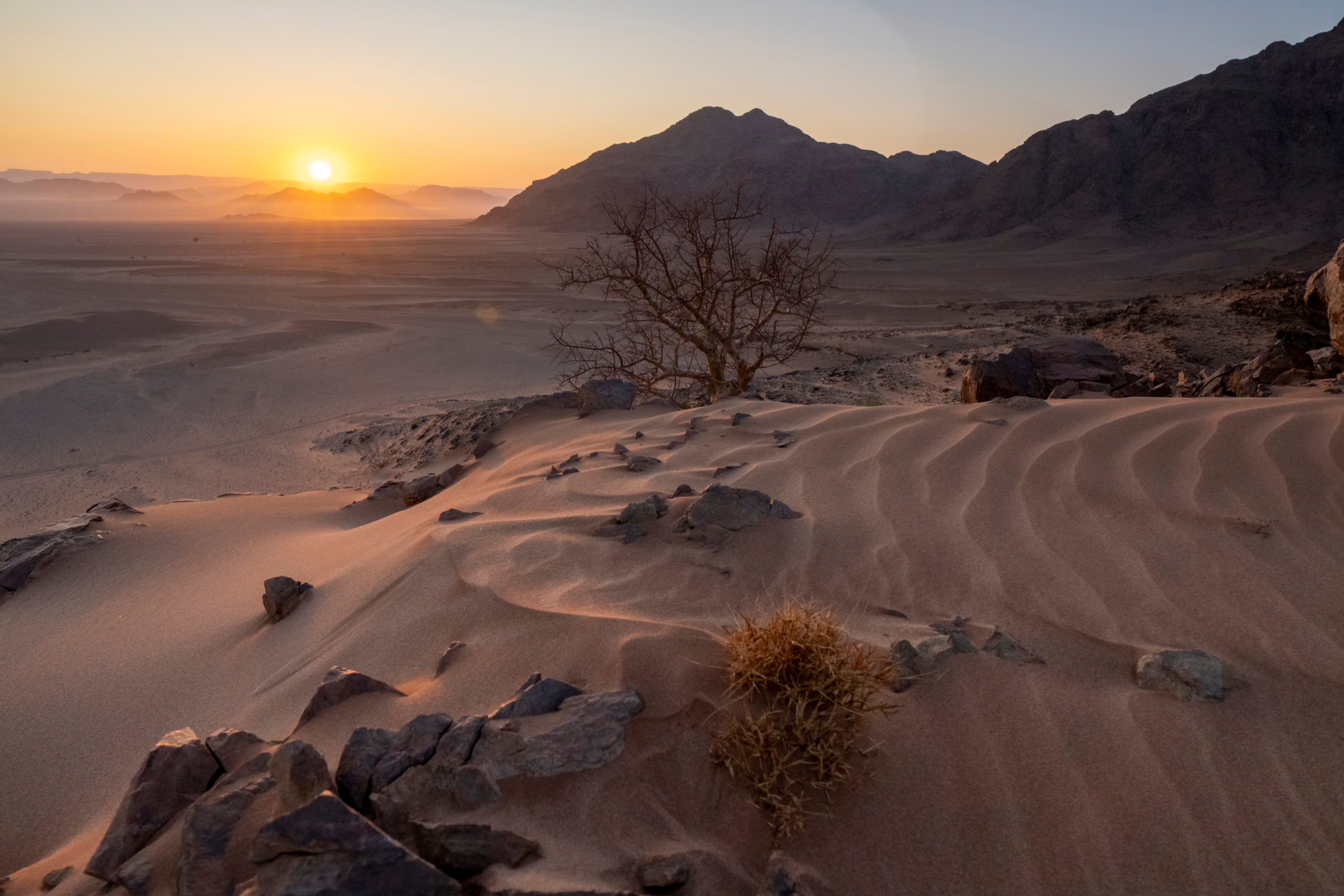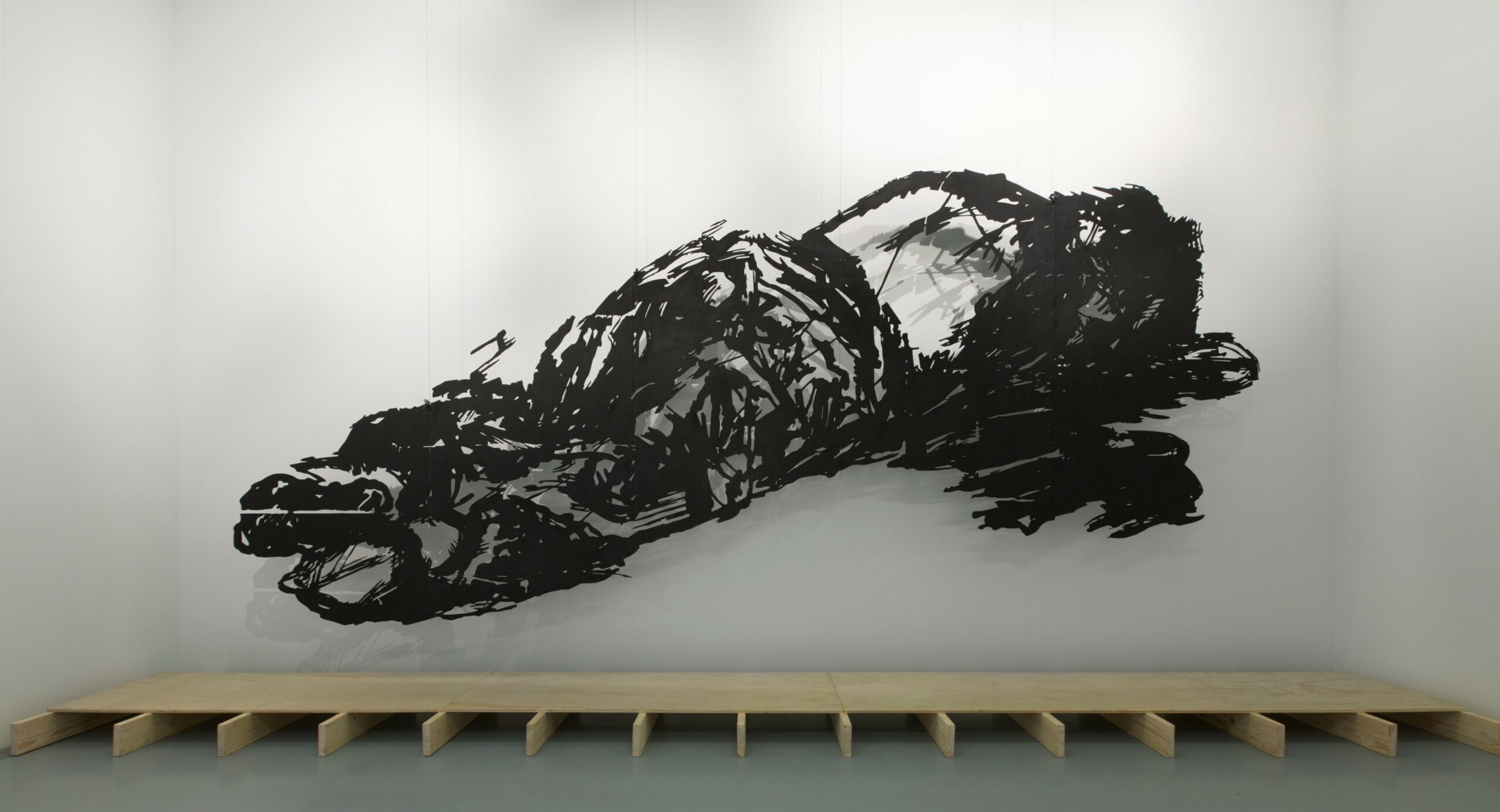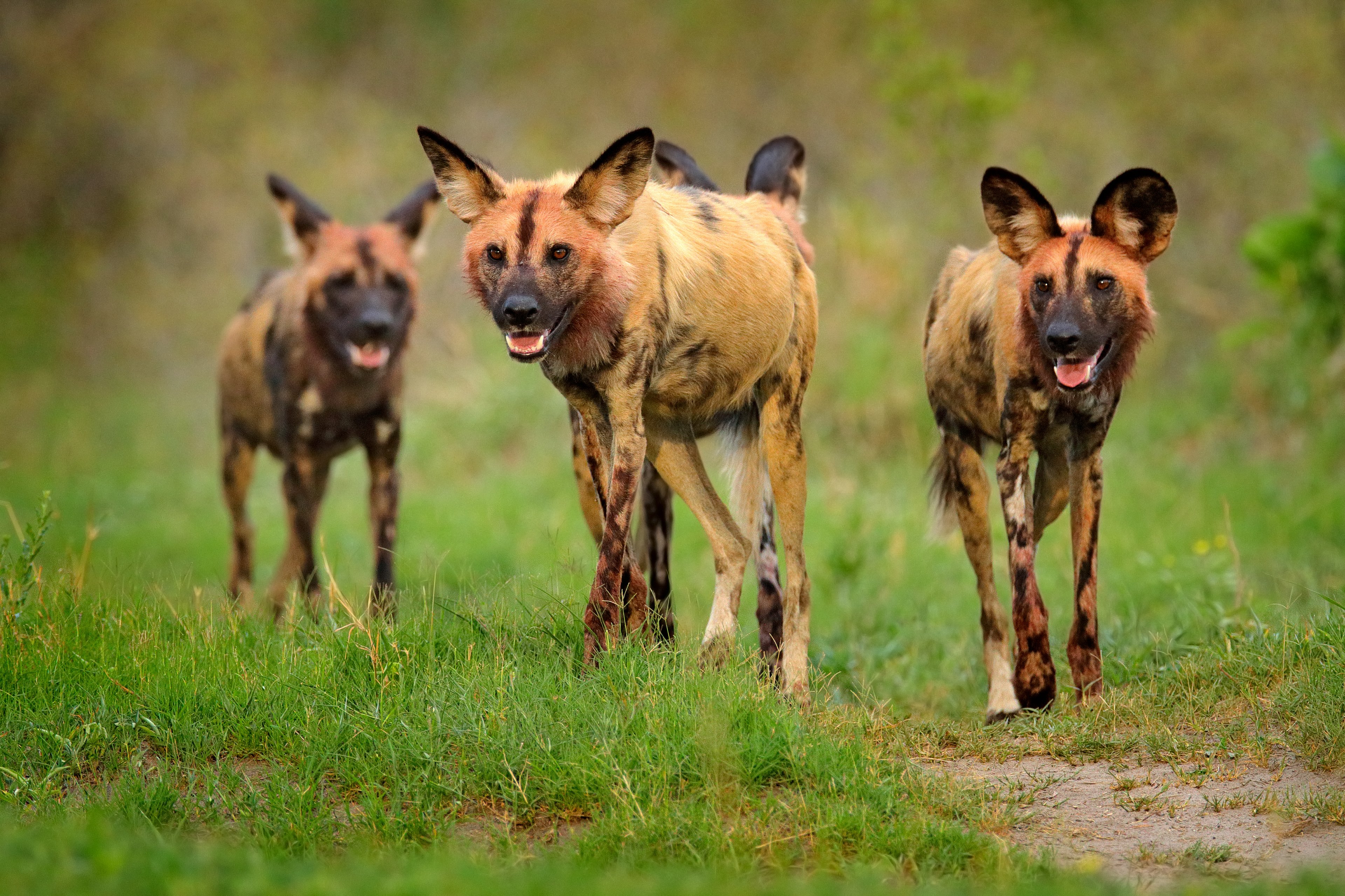To visit the Okavango Delta is to understand the many mysteries and contradictions of nature. For the Delta – a lush paradise consisting of a maze of waterways, fertile floodplains, freshwater lagoons and islands – is surrounded by the semi-arid Kalahari Desert, which covers much of Botswana.
Known as the largest inland delta in the world, this unique and iconic wilderness area comes into its own every year during winter in the southern hemisphere, as the swollen Okavango River (also known as “the river that never finds the sea”) flows into the Kalahari. Nothing can quite prepare you for the spectacle of this awe-inspiring phenomenon as its crystal-clear waters spread out in an alluvial fan which can claim a staggering 57 915 square miles. No wonder it can be seen from space. And yet, despite the magnitude of its reach, for me, the real joy of the Okavango is immersing myself in it, and making the most of the total seclusion, and abundance of wildlife on offer.
A father’s wish
Seasoned safari-goers all have their favorite spot in the Delta where they choose to take in the Okavango’s vast open skies and floodplains. For international hoteliers Bea and Stanley Tollman and their extended family, it’s always been Moremi Game Reserve – as much for the solitude and restorative power of the bush that is so readily available here, as it is for the opportunity to reconnect with Africa.
Originally from Johannesburg, Bea and Stanley first started Red Carnation Hotels more than 60 years ago; today it remains a family-owned and family-run business that employs more than 10 000 people in 70 countries and strives to provide exceptional experiences for guests in Europe, North America and South Africa (they own The Twelve Apostles, Bushmans Kloof, and The Oyster Box Hotel). A few years ago, when the camp that they had been visiting for more than 20 years came up for sale, the couple jumped at the opportunity to create a unique and extraordinary lodge that would bring the family’s journey full circle back to Africa and provide a legacy to mark Stanley’s 90th birthday.
Named for the action that the pied kingfisher makes as it hovers over the watery channels of Moremi Game Reserve, Xigera (pronounced kee-jera) is as considered, complex, soulful and magnificent as the nature that surrounds it. It sensitively captures both the magic of the bush and the wealth of creative talent in Africa. “Xigera was created as a love letter from our family to Africa,” explains Toni Tollman, Stanley and Bea’s eldest daughter who oversees the design at all the family’s luxury properties. “My father’s wish was for it to be conceived as an extraordinary place in every way.” And that it is.
To my mind, Xigera exceeds all expectations. It is not only filled with the most phenomenal art and design by some of Africa’s foremost talents, but there’s also a special energy at Xigera that is linked to the perfectionism, zeal and emotional intelligence of the legendary Tollman family. I know without doubt that it will transform you with its staggering location and refined and intoxicating layering of history, texture, architecture, art, design and superlative service.
Reframing African design
Set beneath a riverine forest, each of the 12 “tents” made of steel, glass, wood and canvas is a sanctuary, ensuring a balance of being totally immersed in nature while not having to forgo any creature comforts.
Thanks to the unmatched talent of architect Anton De Kock, architectural designer Philip Fourie and the award-winning South African gallery Southern Guild, each suite has its own individual design underscored by luxe textures such as timber, bronze and hand-carved wood, overlaid with a truly incredible collection of contemporary design and art all by African artists. Toni’s idea for a living art gallery – where commissions from more than 80 artists and designers reside – encourages guests to engage with iconic pieces they might otherwise never have seen. Not to mention being able to ponder the cultural references inherent in each and the incredible life stories of each artist.
For those of us who crave our childhood fantasy of sleeping in a treehouse, the Baobab Treehouse is another gem by Anton De Kock, not to be missed. Inspired by an iconic painting of a baobab tree by Pierneef (one of South Africa’s master landscape artists), the double-story treehouse sits 13 feet above the ground and offers every luxury imaginable, including the opportunity to sleep in an outdoor king-size bed under a bowl of stars, the melodies of the bush on surround sound.
Celebrating nature
Today the camp is run by Mike Myers – the Tollman’s safari guide of more than 20 years and a bush legend and world-class photographer in his own right – who recalls spending many a night with the Tollmans talking about opening a camp just like this. “Xigera affords guests the opportunity to see wildlife from both the water in our glass-bottom boats and on land by game vehicle,” he explains. “From rare birds to the lodge’s resident leopard who birthed her cubs from the comfort of suite 2 during the building process, to wild elephant and tiny mottled frogs, you won’t need to go far to experience the camp’s rich and prolific ecosystem.”
And, with almost 100% of the camp’s energy supply sourced off-the-grid (thanks to a state-of-the-art Tesla solar hybrid-power system), Xigera’s commitment to caring for their wildlife and local communities is a summation of those values we imbue into every one of ROAR AFRICA’s travel journeys, namely: transformation, sustainability, authenticity and trust. As a family of fourth-generation hoteliers, the Tollmans have created an experience that heightens the wonder of being in the Okavango and in so doing, have made that old adage their own: “the voyage of discovery is not in seeking new landscapes but in having new eyes.’’




